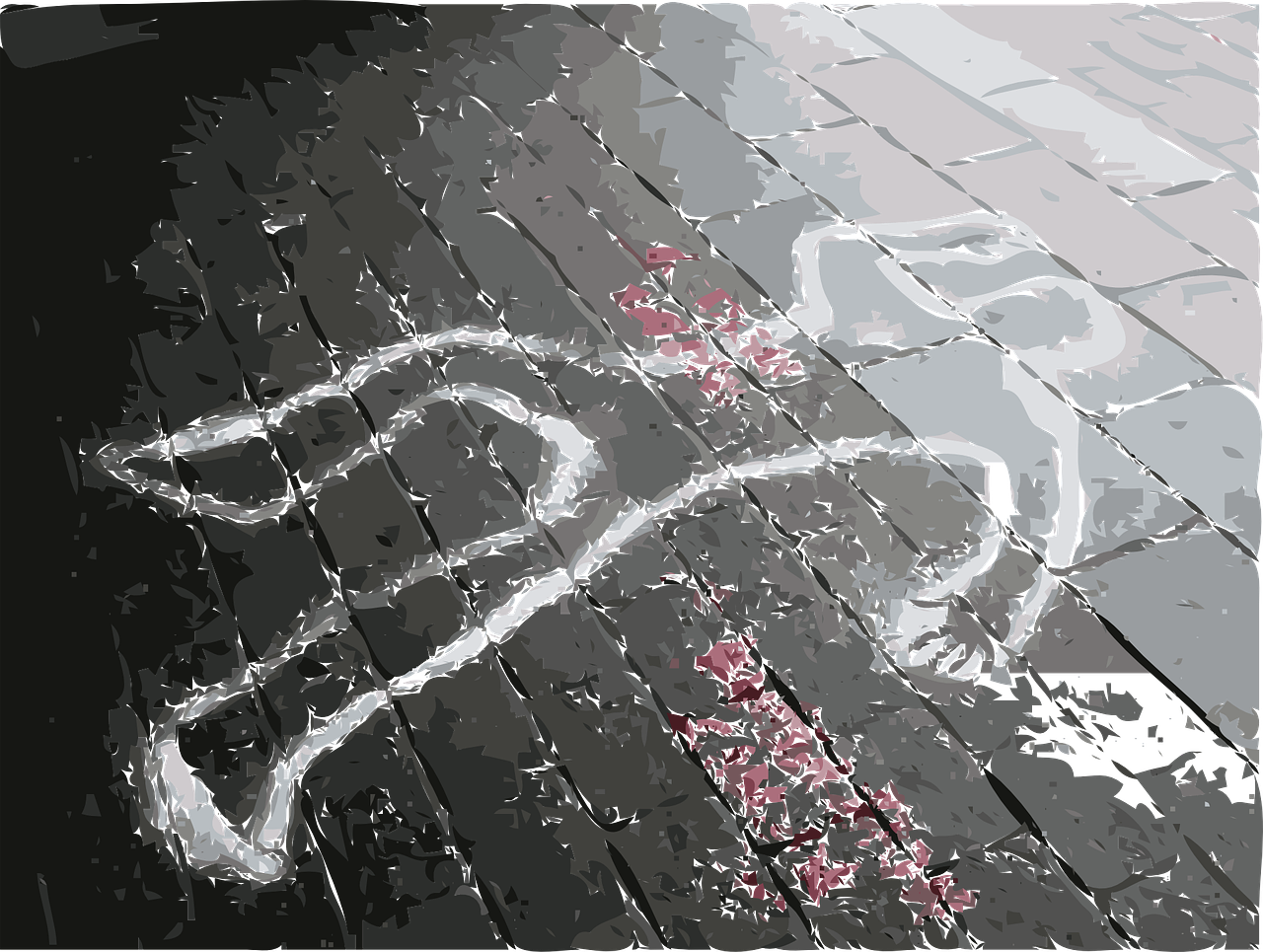
Trauma clean ups can vary widely in their scope, however they also can be segmented into three distinct categories. There are three main types of trauma cleaning:
- blood and bodily fluids cleanup
- crime scene cleanup
- death scene cleanup
Each type of trauma cleaning presents its own unique challenges and risks and this article aims to explore each in more detail.
What does a blood or bodily fluid cleanup involve?
If you’re faced with a blood or bodily fluid cleanup, it’s important to know what’s involved and in the instances of a serious trauma event, the clean up should be completed by a professional.
Trauma cleanup expert Graham Hickman from Complete Environmental Services says “The list of potential dangers from exposure to bloodborne pathogens are many, and include Human immunodeficiency virus (HIV), hepatitis B virus (HBV), and hepatitis C virus (HCV) but there are more than 20 other less well known pathogens. My advice would be to always seek professional guidance if you find yourself considering attempting to clean up a traumatic incident.”
There are a number health and safety requirements to be aware of when cleaning blood or bodily fluids. Gloves should always be worn, as should a face mask to avoid contact with blood and other potentially infectious materials. It’s also important to avoid coming into contact with the blood or other material such as body parts directly.
The hazards include:
- Body fluids: These are a source of infectious micro-organisms (bacteria, viruses and fungi).
- Infection: The main risk is infection following hand to mouth/nose/eye contact. There is also a risk of infection via broken skin (cuts or scratches).
- Cleaning products: These may contain hazardous substances such as biocides and surfactants and need to be correctly stored, transported and handled.
Trauma cleaners use extreme caution when decontaminating incidents involving human waste.
How do trauma cleaners actually clean the scene?
In terms of the cleanup itself, it’s important to start with the most contaminated areas and work your way out. All blood and other bodily fluids must be removed and properly disposed of, as should any soiled materials such as clothing or bedding. Any surfaces that have come into contact with blood or other bodily fluids should also be cleaned and disinfected.
In order to ensure a blood or bodily fluid cleanup is done properly, it’s best to leave it to the professionals. Trauma cleaners, also known as hygiene technicians, will have both the experience and training necessary to handle these types of cleanups safely and effectively.
What does a crime scene cleanup actually involve?
The first step is to ensure the safety of everyone involved. This means ensuring that the crime scene is secure and that no one else enters the area. It also means taking precautions against potential health hazards, such as hazardous waste, dangerous damaged materials, blood borne pathogens or chemical contamination.
The cleanup process itself typically involves removing all traces of the crime from the area. This can include cleaning and sanitising the surfaces, removing blood and other bodily fluids, and disposing of any hazardous materials. Depending on the situation, it may also be necessary to repair damage to the area or even rebuild parts of it. Multi-trade operatives may be used in this remediation part of the process such as carpenters, electricians, glaziers and plumbers.
Crime scene cleanup is a complex and often dangerous process that requires careful planning and execution. It is essential to ensure the safety of everyone involved, as well as the protection of the crime scene. Only experienced professionals should be entrusted with this task.
When a cleanup crew arrives on site, they will assess the damage and develop a plan for restoring the area. They’ll work to the scope agreed with the property owner to ensure the site is restored to a standard the owner is satisfied with.
What does a death scene cleanup actually involve?
This can vary depending on the situation and the amount of mess that needs to be cleaned up, but there are some general steps that are followed in most cases.
The first step is always to ensure the safety of those who will be cleaning the scene. This means ensuring that all hazards, such as blood or other bodily fluids, are safely contained and cleaned up. Protective gear, such as gloves and masks, are always worn to protect the cleaners from any potential hazards.
The next step is to remove all debris from the scene. This includes furniture, appliances, and anything else that may be in the way. The debris is then disposed of in a safe manner. It may be necessary to remove all soft furnishings and carpets from the area, as these can often be difficult to clean properly and can harbour pathogens and odours.
The final step is to clean and disinfect the area. This involves using special cleaning chemicals and equipment to remove all traces of blood, bodily fluids, and other contaminants. The area is then thoroughly dried before being restored to its original condition.
You may be interested in: 5 Tips For Minimizing Toy Chaos In Your Home

